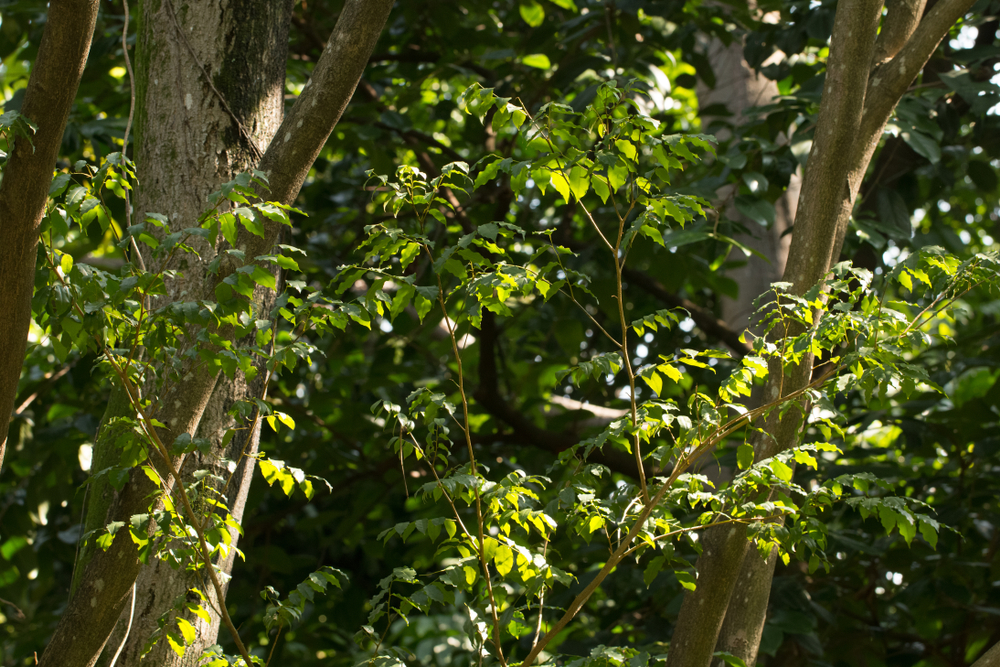Cosmetic industry uses various substances derived from plants. Balsam of Peru is one of them. Let’s find out what it is, how it works, what uses it has and whether it causes allergic reactions.
What is balsam of Peru?
It is a resin obtained through causing damage (by scorching or cutting) to the bark of the trunk of the tree Myroxylon balsamum var. pereirae. The tree is grown in South America and is used for treating a variety of ailments. The extracted resin is a dark brown liquid which slightly smells of vanilla.
What’s the effect of balsam of Peru?
Peruvian balsam has a healing effect and thus is included in drugs and cosmetics.
- It has anti-inflammatory and antibacterial effect, and disinfects.
- It kills parasites and fungi.
- It speeds up wound healing and repairs damaged epidermis, aids in treating bedsores, frostbite and diaper rash, improves skin microcirculation.
- It enhances treatment of skin conditions, haemorrhoids and alopecia.
Balsam of Peru is also added to various magistral preparations. An ointment enriched with it prevents bacteria and parasites, and stimulates the wound healing process. It is used in surgery and dermatology to treat chronic wounds and ulceration.
Uses of Peruvian balsam
Balsam of Peru is usually used externally. What’s interesting, it is also an ingredient in foods such as readymade desserts, chocolates, wines and aromatic teas. Peruvian balsam is found in kids products, soaps and toothpastes. It is also an ingredient in anti-cough syrups and medications used in dentistry.
Does balsam of Peru cause allergic reactions?
Unfortunately, Peruvian balsam is listed among the most powerful allergens. Some of its ingredients may cause nettle rash, persistent itchiness, skin lesions, food allergies or reaction to cosmetic products. Moreover, people allergic to balsam of Peru have to check INCI list for this ingredient in:
- flavored chocolate, hot sauces, wine, herbal liqueurs, chewing gums;
- toothpastes and mouthwashes, moisturizers, makeup products, sunblock;
- feminine wash, shampoos and hair conditioners, baby care products;
- fabric softener and powder, dish soaps, kitchen cleaners;
- fragrance oils, incense, air fresheners.


Leave a Reply